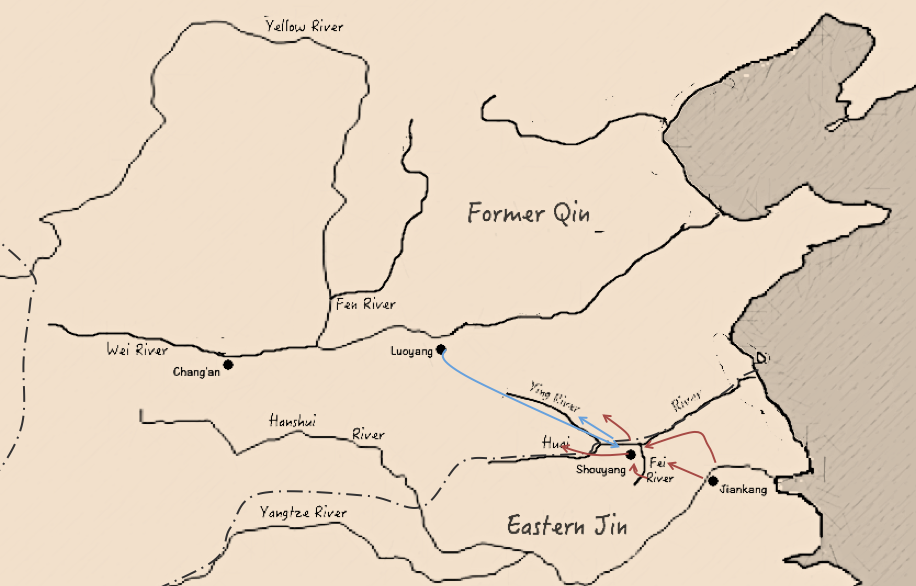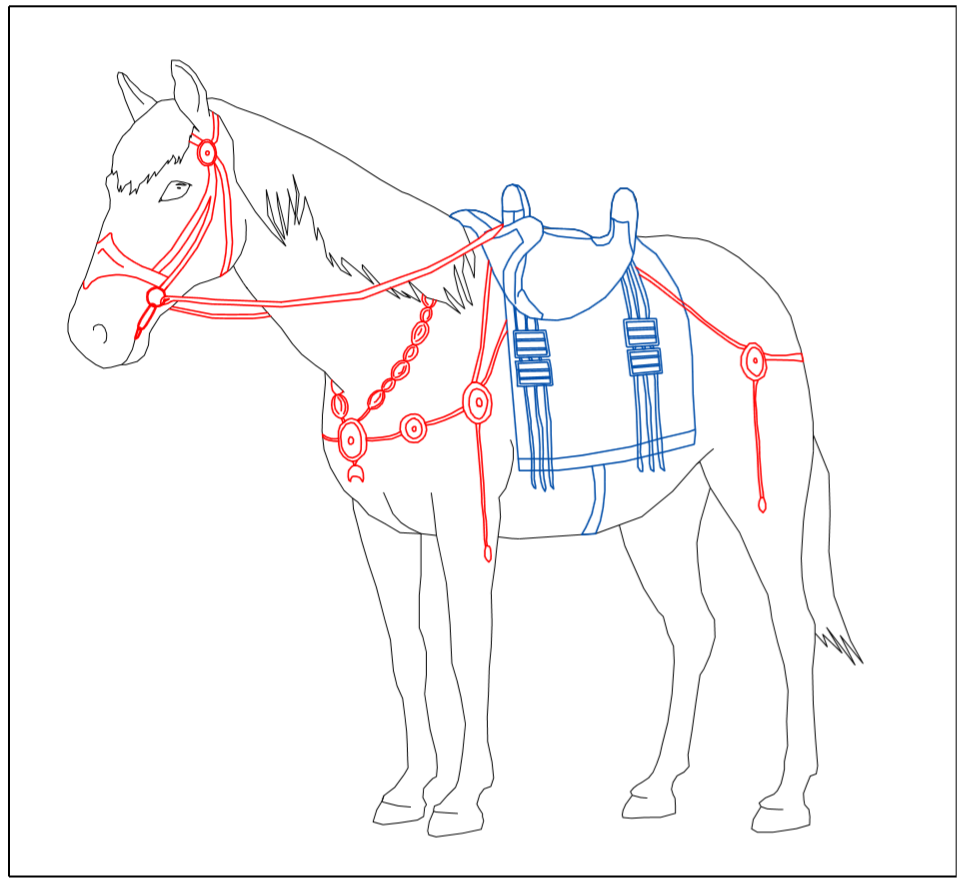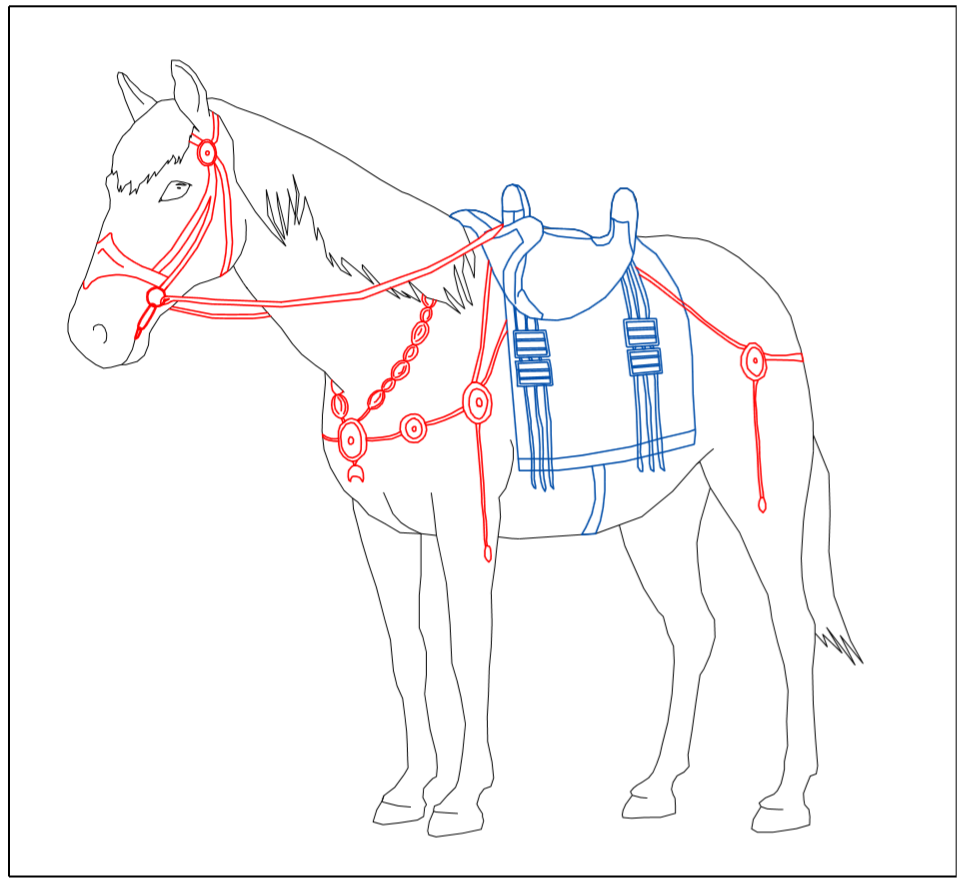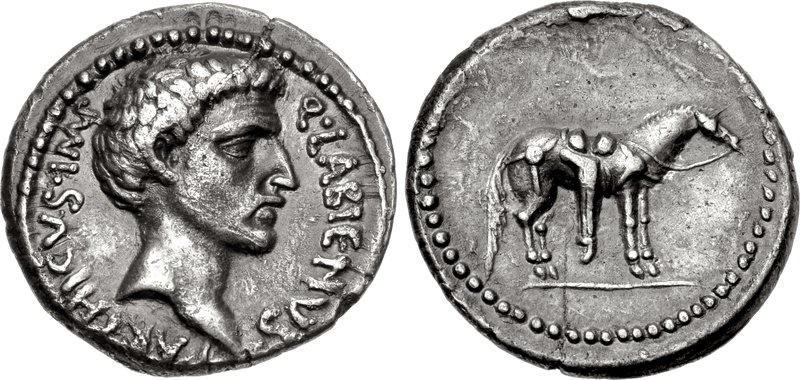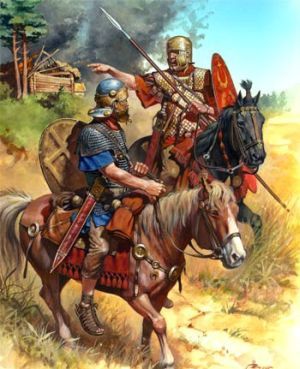This is reasonable scenario? Dude?
1. Was it even possible to field and utilize 850,000 troops for
one battle? What about cost-related considerations and logistics requirements of an army this big?
2. How many commanders in either camp?
3. What is the location of the battle? What are the geographical features of the location?
4. What is the Roman strategy for the battle?
Your scenario is
too bland for
the Roman camp and
too ambitious for
the Chinese camp to be taken at face value for
one battle.
- - - - -
The closest real-life example of HOW a battle turned out between a LARGE [and competent] Roman side and a LARGE [and competent] Chinese-origin side is apparent in
the Battle of Catalunian Plains that was fought in 451 AD in Gaul:
- Atilla utilized his Light Mobile Forces (LMF) to break
the Roman Center and forced it to retreat.
- Atilla then utilized his LMF to bombard Roman Infantry Units (RIU) on
the Roman Left (and also on
the Roman Right) with arrows. But RIU on either side withstood volley after volley of arrows unleashed upon them by virtue of creating "tortoise formations." While this happened, Roman Auxiliary Units (RAU) stationed behind the RIU were able to inflict heavy losses on LMF of Atilla and forced them to retreat.
- Atilla then ordered his Heavy Cavalry Units (HCU) to charge towards RIU on
the Roman Left (and also on
the Roman Right) in an effort to break their "tortoise formations" but RIU held their ground. Atilla then moved to FLANK
the Roman Right with his regrouped LMF. Romans lost a notable commander in this fight and Atilla felt that victory was within reach at this stage.
- Aetius had managed to recover the forces that composed of
the Roman Center and charged towards the position of Atilla.
-
The Roman Reserve that was in hiding in a geographical formation nearby descended from there and joined
the Roman Right by FLANKING Atilla's forces that were locked in combat on this side, and made it possible to rout them. This was a decisive blow to Atilla's forces and he decided to RETREAT from the battlefield and forefeit his campaign in Gaul by extension.
Both camps suffered heavy losses in this battle but Romans prevailed by virtue of superior tactics. Aetius was the finest Roman commander and tactician of his time - he studied Chinese methods of warfare due to political situation of his time and used this knowledge to his advantage in
the Battle of Catalunian Plains.
While Atilla was in the position to DICTATE
where the battle would be fought to make sure that his LMF will not be hampered in the location of his choice, Aetius also studied the environment and created a reserve force to be brought to action when absolutely necessary (the element of Surprise calculus).
- - - - -
I am NOT doubting the Han Dynasty's capacity to fight a war with another great Empire but pointing out various factors that are likely to be involved in shaping the course of the war, and I would expect the war to last several years with multiple battles in the mix. You should study Punic Wars for perspective.
Roman military strength also varied across times.
Roman military strength was at its peak at 645,000 troops in the time of Constantine the Great.




